$10.00 – $45.00
We might be super picky about red teas, but Dá É's ancient tree Nannuo red gets us every year.
It dawned on us when tasting red tea right off the sun mats earlier this year: it's because it's fully oxidized sheng pu'er material that still tastes freshh. It also doesn't hurt that next to raw pu'er, hong cha is Dá É's best selling tea so she is incentivized pretty well; she's not afraid to devote high quality material to its production, and has been perfecting the techniques for two decades now.
This red comes from the same Old Stone Village ancient tea gardens as this year's Nannuo (Gushu), seen below:
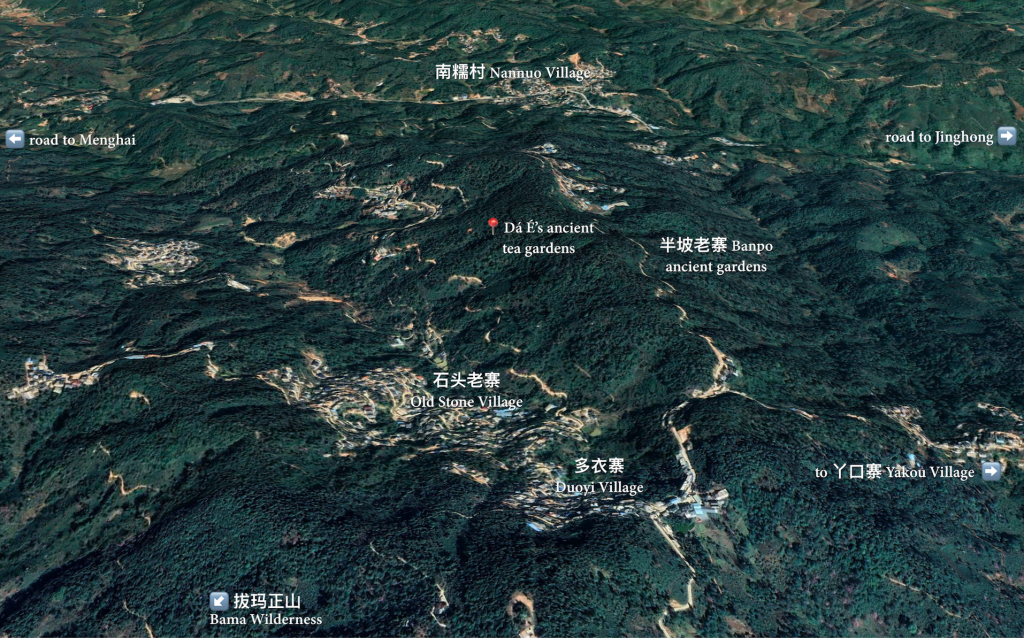
Production is rather straightforward, there's harvesting, withering, rolling (machine for 40 minutes), piling (clothed basket for 6 hours), and then sun-drying.
Some might speculate in such a low-tech red that there's always some left-over enzymes that didn't oxidize, and then weren't further denatured by the standard high-heat oven-bake finish that most other red teas in Eastern China and Taiwan are treated to. The idea is that the sun-drying treatment keeps the leftover enzymes alive, and therefore these Yunnan reds are living-enzyme teas that will continue to transform with age. Because we quickly sell out of these cakes every year I haven't been able to test out this theory, so I'm not so sure. Citizen scientists out there: report back any findings, please.
Homebase: Dá É's Old Stone Village ancient gardens at 1750 meters.
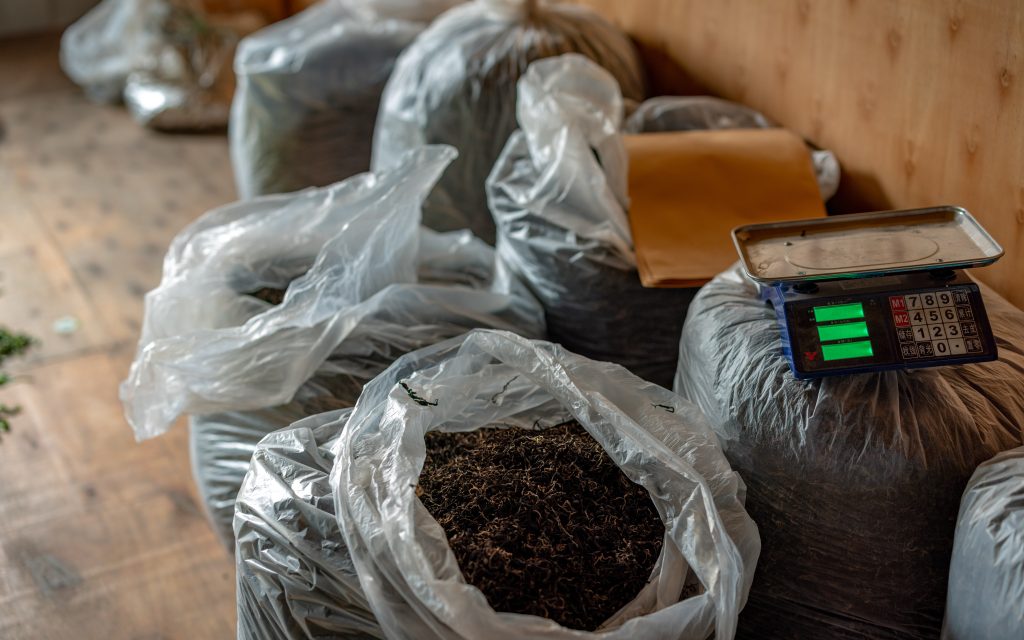
This year's cake wrapper artwork theme, Water Creatures of the Mekong, feature fish and mammals that call the Mekong River (the part that runs through Yunnan is referred to as the Lancang River) home. A hand-inked drawing by Rosy Kirby of Lost Mountain Prints of one of these creatures grace the front of each cake, and all of the tea from Nannuo this year features the fish the Giant Devil Catfish Bagarius yarrelli “The Goonch”
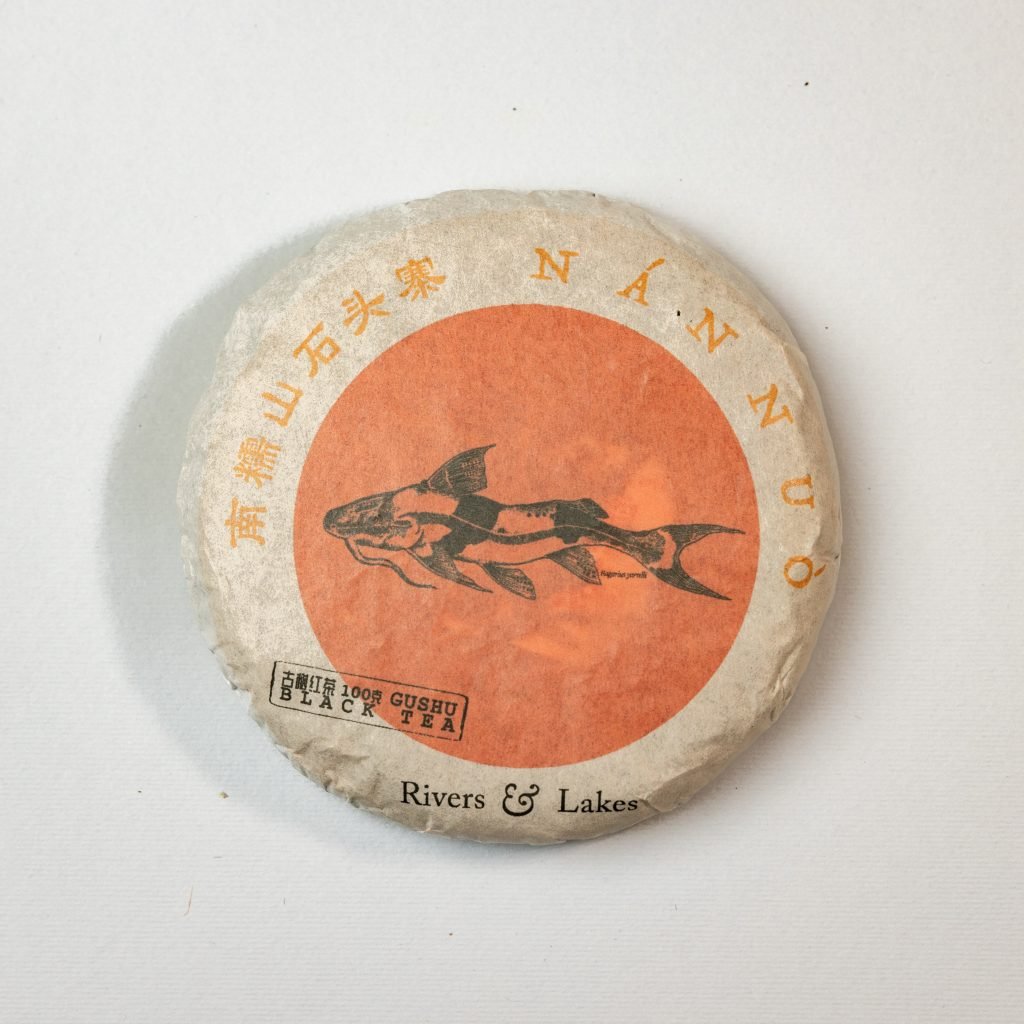

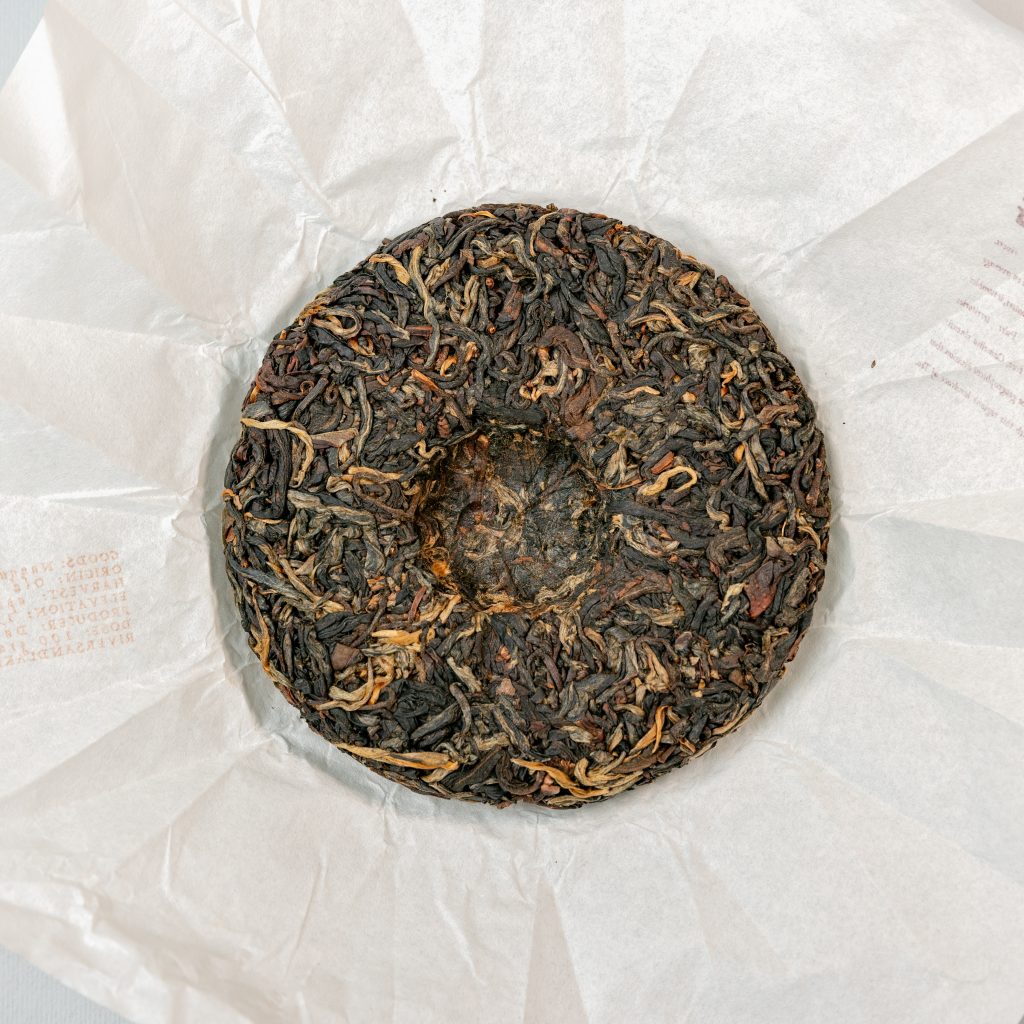
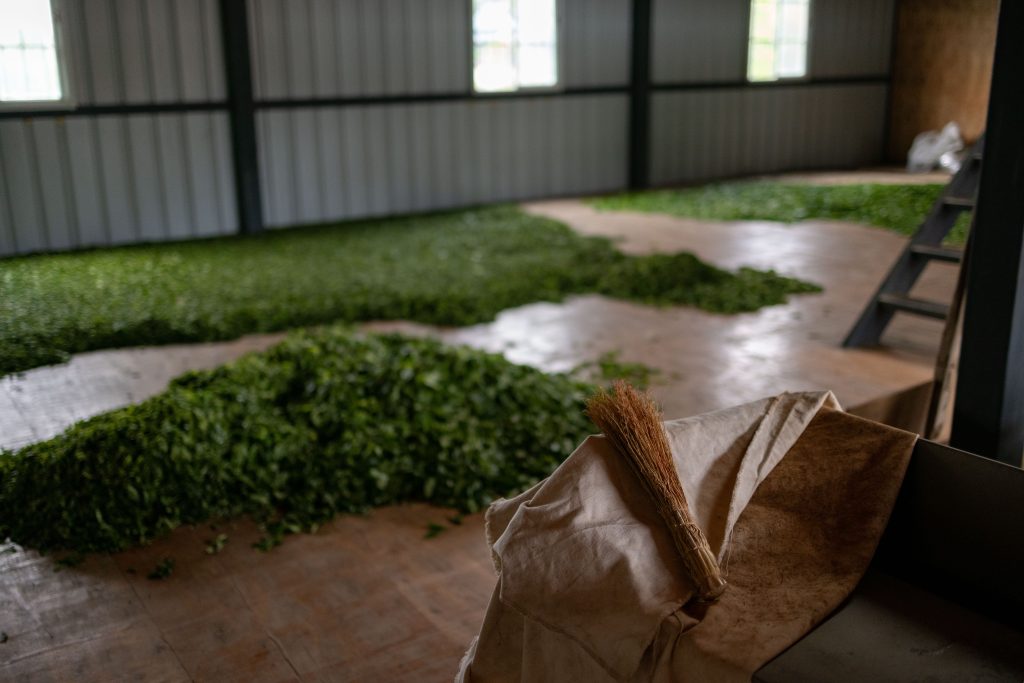
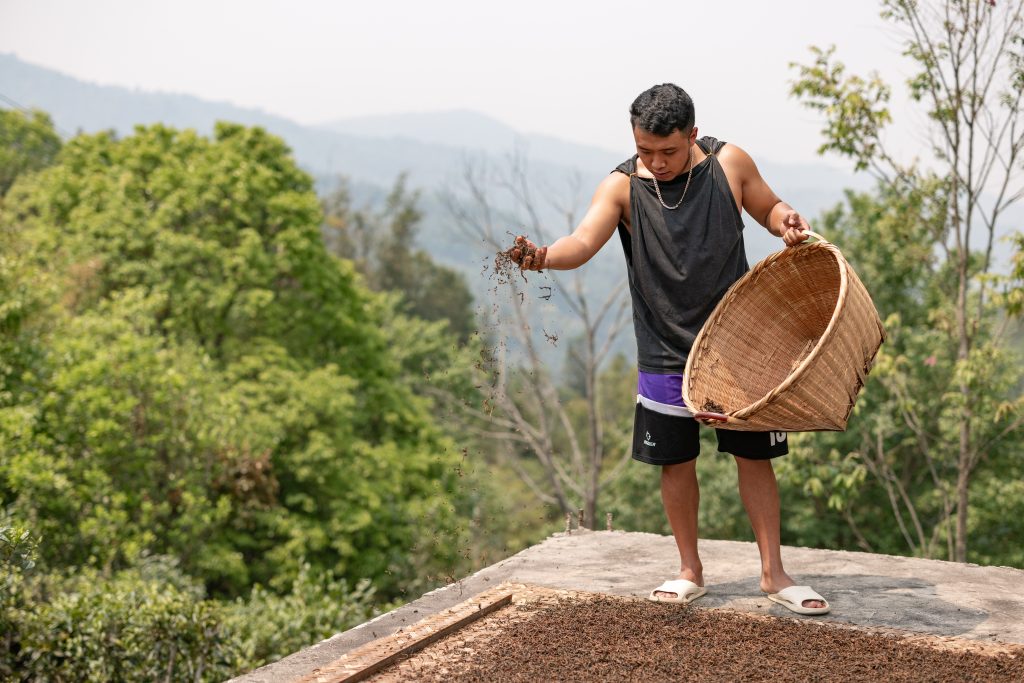
This is not a typical red tea like Qimen or Jin Jun Mei. For me, the flavor is an amalgam of raw/sheng pu’er and red tea. Masterful processing, but flavor wise it may need to age to bring out more of the classic red tea flavor. I kept it a four (4) rating because you could taste the quality of the leaves as well as the masterful processing.